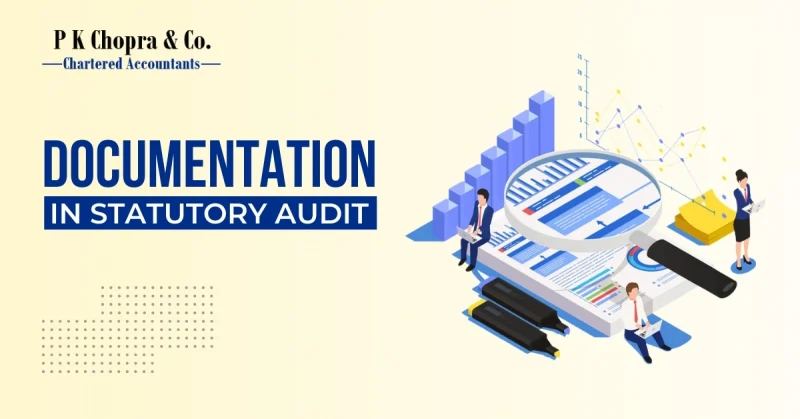Documentation in Statutory Audit
Introduction to Documentation in Statutory Audit
In the realm of financial audits, documentation stands as a cornerstone of the entire process. When it comes to statutory audits, the significance of meticulous documentation cannot be overstated. A statutory audit, mandated by law, ensures the accuracy and reliability of financial information presented by companies. Through this blog, we delve into the essentials of documentation in statutory audits, shedding light on its pivotal role in ensuring transparency and compliance.
Types of Documents Required
During a statutory audit, various documents play a crucial role in substantiating financial statements and assessing the internal controls of an organization. These documents typically include financial statements, accounting records, legal documents such as contracts and agreements, and internal control policies.
Preparation Phase
Before commencing the audit procedures, auditors must thoroughly prepare by understanding the client’s business operations, assessing risk factors, and devising an audit approach tailored to the specific circumstances.
Execution Phase
The execution phase involves gathering audit evidence, performing substantive procedures and tests of controls, and documenting the findings meticulously to support the audit opinion.
Documenting Audit Procedures
Audit procedures must be documented comprehensively through workpapers, detailing the audit methodology, sampling techniques, and analytical procedures employed during the audit process.
Importance of Proper Documentation
Proper documentation is paramount in ensuring compliance with auditing standards, facilitating review processes, and enhancing the overall quality and transparency of the audit.
Common Challenges in Documentation
Auditors often face challenges such as incomplete or inaccurate records, lack of client cooperation, and time constraints, highlighting the importance of effective communication and planning.
Best Practices for Documentation
Implementing best practices such as maintaining organized files, using standardized templates, and regularly updating documentation can streamline the audit process and mitigate potential risks.
Technological Tools for Documentation
With advancements in technology, auditors can leverage audit management software, electronic workpapers, and cloud storage solutions to enhance the efficiency and accuracy of documentation.
Documentation for Regulatory Compliance
Documentation also plays a vital role in meeting regulatory requirements, ensuring adherence to reporting standards, legal obligations, and regulatory scrutiny.
Role of Documentation in Audit Reports
Documentation serves as the backbone of audit reports, providing a comprehensive overview of findings, recommendations, and justifications for audit opinions.
Auditor’s Responsibilities
Auditors are entrusted with responsibilities such as maintaining independence and objectivity, exercising professional skepticism, and upholding ethical standards throughout the audit process.
Client Communication and Documentation
Clear communication with clients is essential for understanding expectations, addressing inquiries, and documenting client representations accurately.
Training and Development for Documentation
Investing in training programs, continuing education, and fostering knowledge sharing within the firm are essential for developing robust documentation practices among audit staff.
Conclusion
In conclusion, documentation is indispensable in statutory audits, serving as a linchpin for ensuring accuracy, reliability, and compliance with regulatory standards. By embracing best practices, leveraging technological tools, and fostering effective communication, auditors can enhance the quality and transparency of documentation, ultimately strengthening the integrity of the audit process.
FAQs
- Why is documentation important in a statutory audit?
Proper documentation substantiates audit findings, enhances transparency, and ensures compliance with regulatory standards. - What are some common challenges faced in documentation during audits?
Challenges may include incomplete records, lack of client cooperation, and time constraints, underscoring the need for effective communication and planning. - How can auditors improve documentation practices?
Auditors can enhance documentation practices by maintaining organized files, utilizing standardized templates, and leveraging technological tools for efficiency. - What role does client communication play in documentation?
Clear communication with clients is essential for understanding expectations, addressing inquiries, and accurately documenting client representations. - How does documentation contribute to audit reports?
Documentation provides a comprehensive overview of audit findings, recommendations, and justifications for audit opinions, strengthening the integrity of audit reports.

